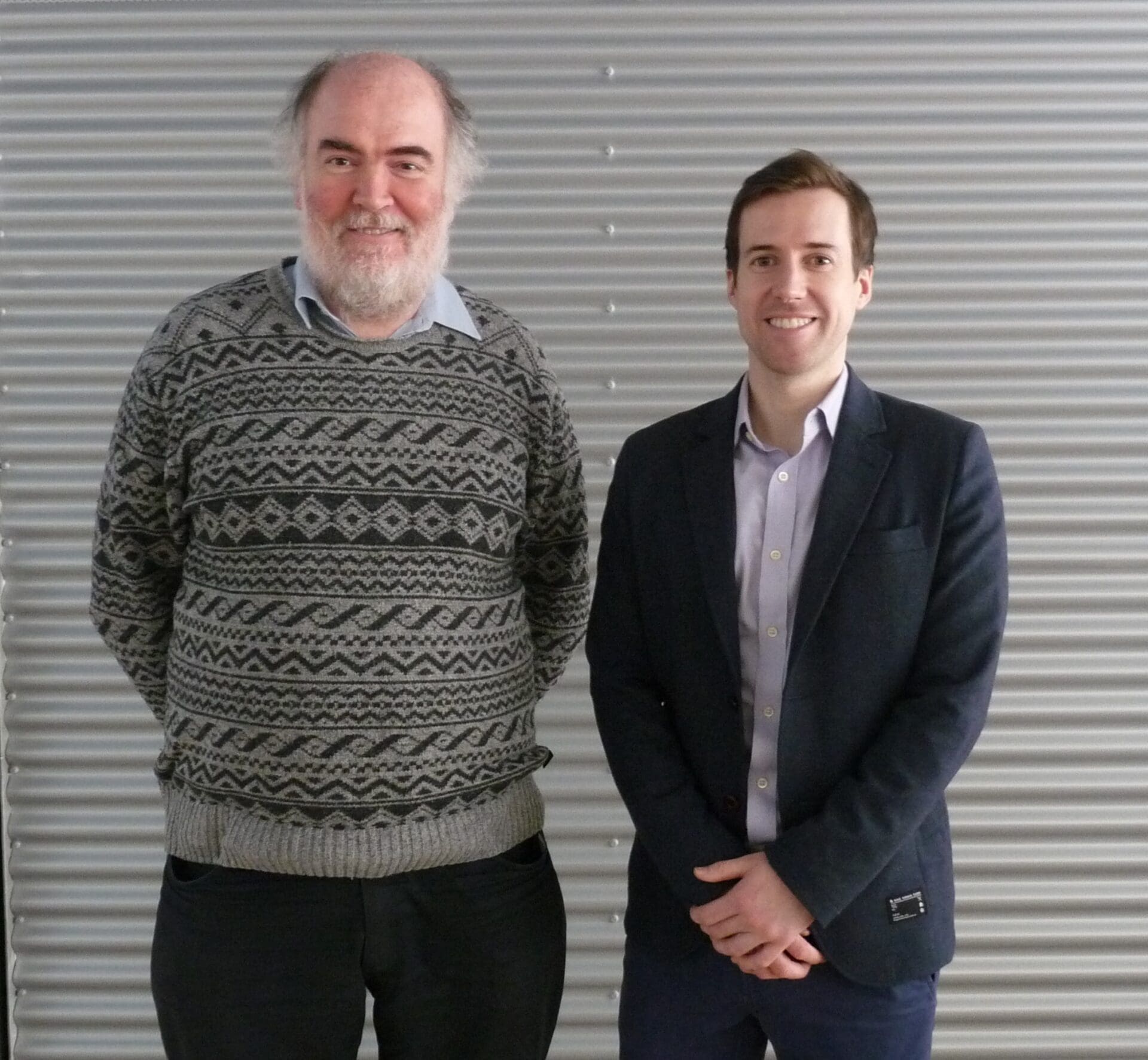
 13/02/2015
13/02/2015
 12:00 h
12:00 h
 ICIQ Auditorium
ICIQ Auditorium
- Lecturer: Prof. Robert Paton
- University: University of Oxford (United Kingdom)
- Sponsored by:

Computations of Catalytic Regio- and Stereocontrolled Cyclizations
Catalysis involving “weak” noncovalent interactions has emerged as a powerful method for stereochemical control. In this talk I focus on chirality transfer from hydrogen bonding and ion-pairing catalysts in organocatalytic reactions. Calculations are shown to yield mechanistic understanding to explain catalyst selectivity and also scope. For a number of ring-closing reactions the interesting question of regiochemistry also arises: we explore cases where the catalyst can overturn the innate subtrate preference (as in enzymatic catalysis of pyran formation) or the substrate can be designed to exhibit selectivity in contravention of Baldwin’s rules for ring closure.
Other events

Let's create a brighter future
Join our team to work with renowned researchers, tackle groundbreaking
projects and contribute to meaningful scientific advancements





















